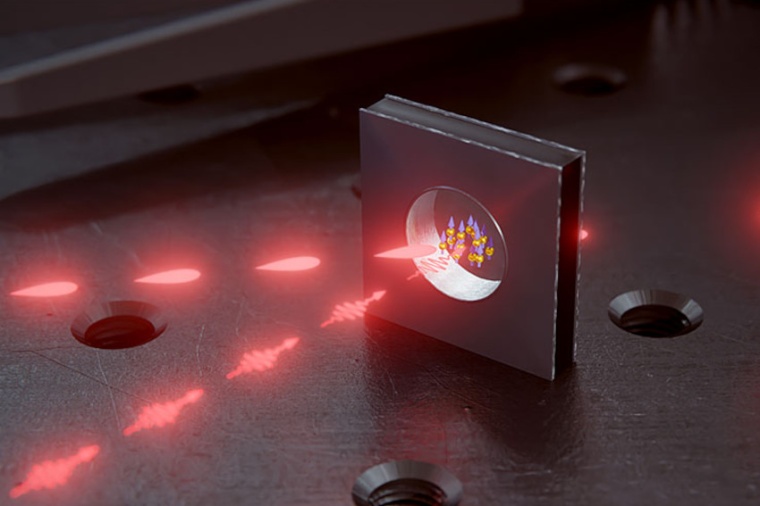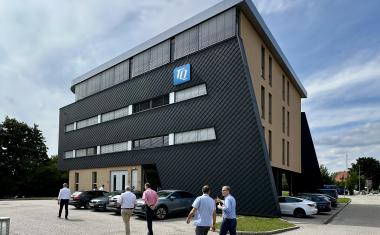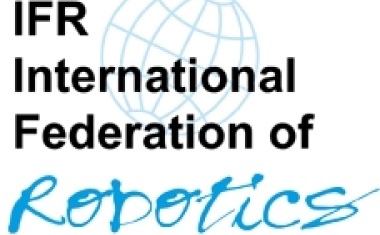Mass-producible miniature quantum memory
Rubidium vapor cells as a basis for a mass-production of quantum memories on a wafer.
Researchers at the University of Basel have built a quantum memory element based on atoms in a tiny glass cell. In the future, such quantum memories could be mass-produced on a wafer. Like their conventional counterparts, quantum networks require memory elements in which information can be temporarily stored and routed as needed. The team of researchers led by Philipp Treutlein has now developed such a memory element, which can be micro-fabricated and is, therefore, suitable for mass production.

Photons can be used to send quantum information through fiber optic cables, to satellites or into a quantum memory element. There, the quantum mechanical state of the photons has to be stored as precisely as possible and, after a certain time, converted back into photons. Two years ago, the Basel researchers demonstrated this works well using rubidium atoms in a glass cell. “However, that glass cell was handmade and several centimeters in size,” says postdoc Roberto Mottola: “To be suitable for everyday use, such cells need to be smaller and amenable to being produced in large numbers.”
That is precisely what Treutlein and his collaborators have now achieved. To use a much smaller cell measuring only a few millimeters, which they obtained from the mass production of atomic clocks, they needed to develop a few tricks. In order to have a sufficient number of rubidium atoms for quantum storage despite the small size of the cell, they had to heat up the cell to 100 degrees centigrade to increase the vapor pressure.
Moreover, they exposed the atoms to a magnetic field of one tesla. This shifted the atomic energy levels in a way that facilitated the quantum storage of photons using an additional laser beam. This method allowed the researchers to store photons for around 100 nanoseconds. Free photons would have traveled 30 meters in that time. “In this way, we have built, for the first time, a miniature quantum memory for photons of which around 1000 copies can be produced in parallel on a single wafer”, says Treutlein.
In the current experiment, storage was demonstrated using strongly attenuated laser pulses, but in the near future, Treutlein, in collaboration with the CSEM in Neuchatel, also wants to store single photons in the miniature cells. Moreover, the format of the glass cells still needs to be optimized, such as to store the photons for as long as possible while preserving their quantum states. (Source: U. Basel)
Link: Quantum Optics Lab, Dept. of Physics, University of Basel, Basel, Switzerland











